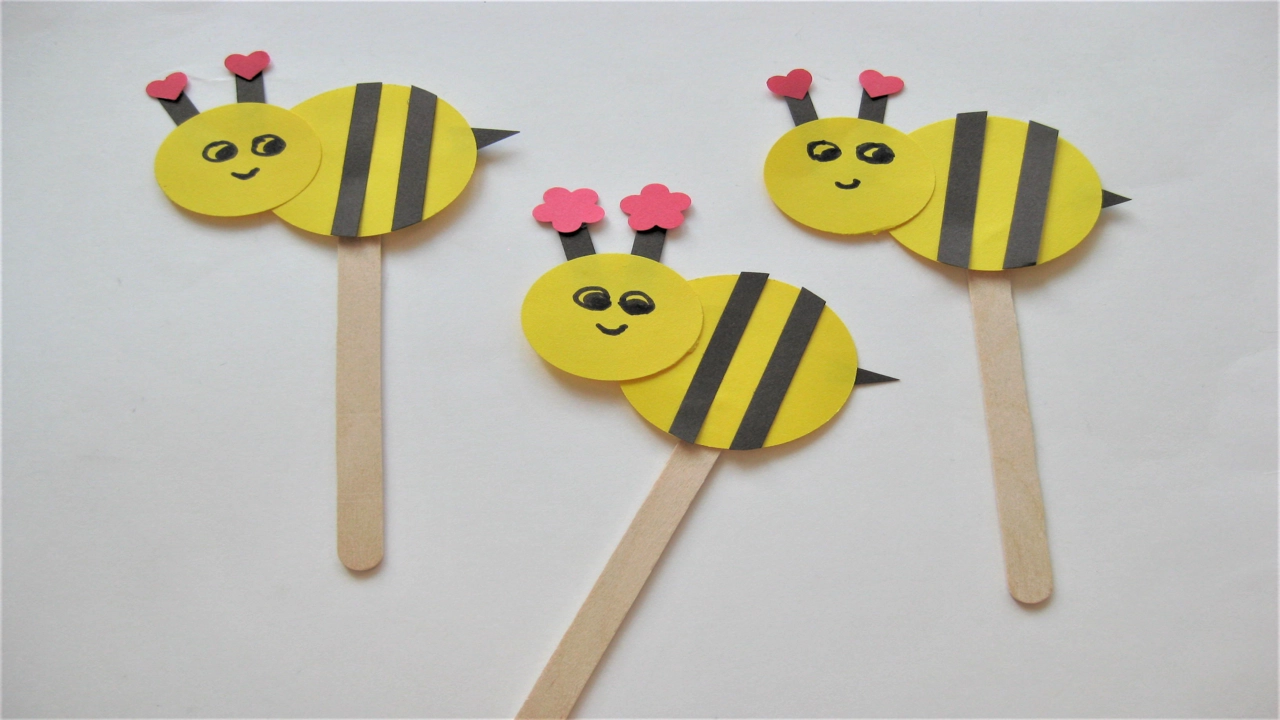How to make a bee is a question that often arises in the minds of curious individuals. While it’s impossible to create a living bee from scratch, understanding the intricate process of bee development can be fascinating. Bees undergo a remarkable transformation called metamorphosis, beginning as tiny eggs laid by the queen bee. These eggs hatch into larvae, which are fed by worker bees and grow rapidly.
After a period of larval development, the larvae spin cocoons around themselves and enter the pupal stage. Inside the cocoon, a remarkable transformation occurs, and the pupa eventually emerges as a fully formed adult bee. The entire process, from egg to adult bee, takes approximately 21 days.
The Wonder of Bees: An Exploration of Their World
Bees are fascinating creatures, playing a vital role in our ecosystem. Their intricate lives and complex societies have captivated humans for centuries. It’s no wonder people often wonder, “How to make a bee?”
While creating a bee from scratch is impossible, we can learn a lot about their biology and behavior. Understanding the intricate processes that create a bee allows us to appreciate their importance and the delicate balance they maintain in nature.
The Bee’s Life Cycle: A Journey of Transformation
Bees, like many other insects, undergo a complete metamorphosis. This means their development involves four distinct stages:
- Egg: The journey begins with a tiny egg, laid by the queen bee in a honeycomb cell.
- Larva: The egg hatches into a legless, grub-like larva, which is fed by worker bees.
- Pupa: The larva spins a cocoon around itself and transforms into a pupa, undergoing significant changes within.
- Adult: The pupa emerges as a fully formed adult bee, ready to take its place in the colony.
The Bee’s Body: A Marvel of Engineering
The bee’s body is a marvel of adaptation, perfectly designed for its specific role in the hive. Let’s examine some of its key features:
- Wings: Bees possess two pairs of wings, allowing them to fly effortlessly.
- Antennae: These sensory organs help bees navigate, detect food sources, and communicate with other bees.
- Stinger: This defense mechanism is only present in female bees (workers and queens) and is used to protect the hive from predators.
- Legs: Their legs are equipped with pollen baskets and combs, allowing them to collect and transport pollen efficiently.
The Hive: A Complex Social Structure
Bees are social insects, living in colonies with a strict hierarchy. Each colony is a well-organized system with specific roles for its members:
- Queen Bee: The only fertile female in the hive, responsible for laying eggs and maintaining the colony’s health.
- Worker Bees: Sterile females who perform various tasks like foraging, cleaning, and caring for the young.
- Drone Bees: Male bees whose sole purpose is to mate with the queen.
The Importance of Bees: Guardians of Our Ecosystem
Bees are crucial for our environment, acting as pollinators for a wide range of plants. They play a vital role in the production of fruits, vegetables, and many other crops. Without bees, our food supply and biodiversity would be severely impacted.
Understanding the Bee: A Call to Action
Although we cannot “make” a bee, we can learn to appreciate and protect them. By understanding their life cycle, their body structure, and their crucial role in our ecosystem, we can become better stewards of the environment and ensure their survival for generations to come.
Frequently Asked Questions:
- How to make a bee hive?
- Building a beehive requires specific knowledge and materials. It’s best to research and consult experts before undertaking this task.
- How to attract bees to your garden?
- Plant bee-friendly flowers and provide a source of water.
- How to make bee-friendly environment?
- Avoid using pesticides and herbicides, and consider planting native plants.
- How to make bee houses?
- Bee houses provide shelter for solitary bees. You can purchase them or build your own using specific materials.
- How to make bee-friendly pesticide?
- There are organic pesticides that are less harmful to bees. Consult experts for recommendations.
- How to make bee food?
- Bees primarily feed on nectar and pollen. You can provide supplementary food, but it should be specifically designed for bees.
- How to make bee wax candles?
- Bee wax is a natural product that can be used to make candles. You can find instructions and recipes online.
- How to make a bee puppet?
- Making a bee puppet can be a fun and creative activity. You can use felt, fabric, or other materials to create a charming bee puppet.
- How to make a bee costume?
- A bee costume can be a great way to celebrate bees and their importance. You can find ready-made costumes or create your own using creative materials.
Beyond the “How to make a bee” question, we should focus on understanding and protecting these vital creatures. The future of our planet depends on it.
want to build a bee you ll be buzzing with excitement after this
Learning a new language can be a daunting task, but it’s also an incredibly rewarding journey. Whether you’re hoping to travel the world, connect with loved ones, or simply expand your horizons, mastering a new language opens up a world of possibilities. But where do you even begin? That’s where language learning apps come in.
Finding the Right App for You
The beauty of language learning apps is their sheer variety. With so many options available, you can find an app that caters to your specific needs and learning style. Some apps focus on vocabulary building, others on grammar, and some even incorporate interactive games and exercises.
Here are a few things to consider when choosing a language learning app:
- Your learning goals: Do you want to learn conversational language, focus on reading and writing, or prepare for an exam?
- Your preferred learning style: Are you more visual, auditory, or kinesthetic? Some apps offer a mix of different learning methods.
- Your budget: Some language learning apps are free, while others require a subscription.
- Your time commitment: How much time can you realistically dedicate to learning each week?
Popular Language Learning Apps
Here are a few popular language learning apps that you might want to check out:
- Duolingo: Known for its gamified approach to learning, Duolingo uses interactive lessons and rewards to keep you motivated. It offers courses in a wide range of languages.
- Babbel: Babbel focuses on practical language skills and uses real-life conversation scenarios. It also offers a variety of learning options, including vocabulary building, grammar exercises, and audio lessons.
- Memrise: Memrise focuses on memorizing vocabulary using spaced repetition techniques and visual aids. It offers a variety of courses in different languages.
- Rosetta Stone: Rosetta Stone is known for its immersive approach to learning and uses real-life scenarios and interactive activities. It offers a variety of language courses, including beginner, intermediate, and advanced levels.
Tips for Success
No matter which language learning app you choose, here are a few tips to help you succeed:
- Set realistic goals: Don’t try to learn everything at once. Start with small, achievable goals.
- Be consistent: Make time for learning every day, even if it’s just for a few minutes.
- Practice speaking: Find opportunities to practice speaking with native speakers, either online or in person.
- Immerse yourself: Surround yourself with the language as much as possible. Listen to music, watch movies, and read books in your target language.
- Don’t be afraid to make mistakes: Making mistakes is part of the learning process. Embrace them as opportunities to learn and grow.
The Bottom Line
Language learning apps can be a valuable tool for anyone who wants to learn a new language. With so many options available, you can find an app that fits your needs and learning style. By following the tips above, you can make the most of your learning experience and achieve your language goals.
It’s impossible to “make” a bee, as they are complex living organisms. However, I can answer questions about bee biology and how bee populations are maintained.
Q: What are bees?
A: Bees are insects that belong to the family Apidae. They are known for their role in pollination, which is essential for the reproduction of many plants.
Q: How do bees reproduce?
A: Bees reproduce through a process called sexual reproduction. Queen bees mate with drones (male bees), and the fertilized eggs develop into worker bees, while unfertilized eggs develop into drones.
Q: Do bees build their own homes?
A: Yes, bees construct their homes, called hives. These hives are made from wax produced by worker bees.
Q: What do bees eat?
A: Bees feed on nectar and pollen from flowers. Nectar provides them with energy, and pollen provides protein and other nutrients.
Q: How do bees make honey?
A: Bees collect nectar from flowers and store it in their honey stomachs. Enzymes in their stomachs break down the nectar, and then bees deposit the honey in cells within their hive.
Q: Can I raise my own bees?
A: Yes, you can raise bees. You can purchase a beehive and a colony of bees, or you can capture a swarm. It’s important to learn how to properly care for bees before you start raising them.
Q: Why are bees important?
A: Bees are incredibly important to our ecosystem. They pollinate many of the plants that we depend on for food and other products.
Q: What can I do to help bees?
A: You can help bees by planting flowers and other bee-friendly plants in your garden. You can also avoid using pesticides that are harmful to bees.
Conclusion
Creating a bee is surprisingly simple and rewarding. By using common materials like cardboard, felt, and pipe cleaners, you can bring your bee to life. Remember to use a good glue, cut carefully, and consider adding details like wings and antennae for a more realistic touch.
So, are you ready to unleash your creativity and create your own buzzing masterpiece? Let us know how your bee turned out in the comments below! Share your creations on social media using the hashtag #BeeCraft and tag our page for a chance to be featured. Let’s spread the joy of making bees together!





